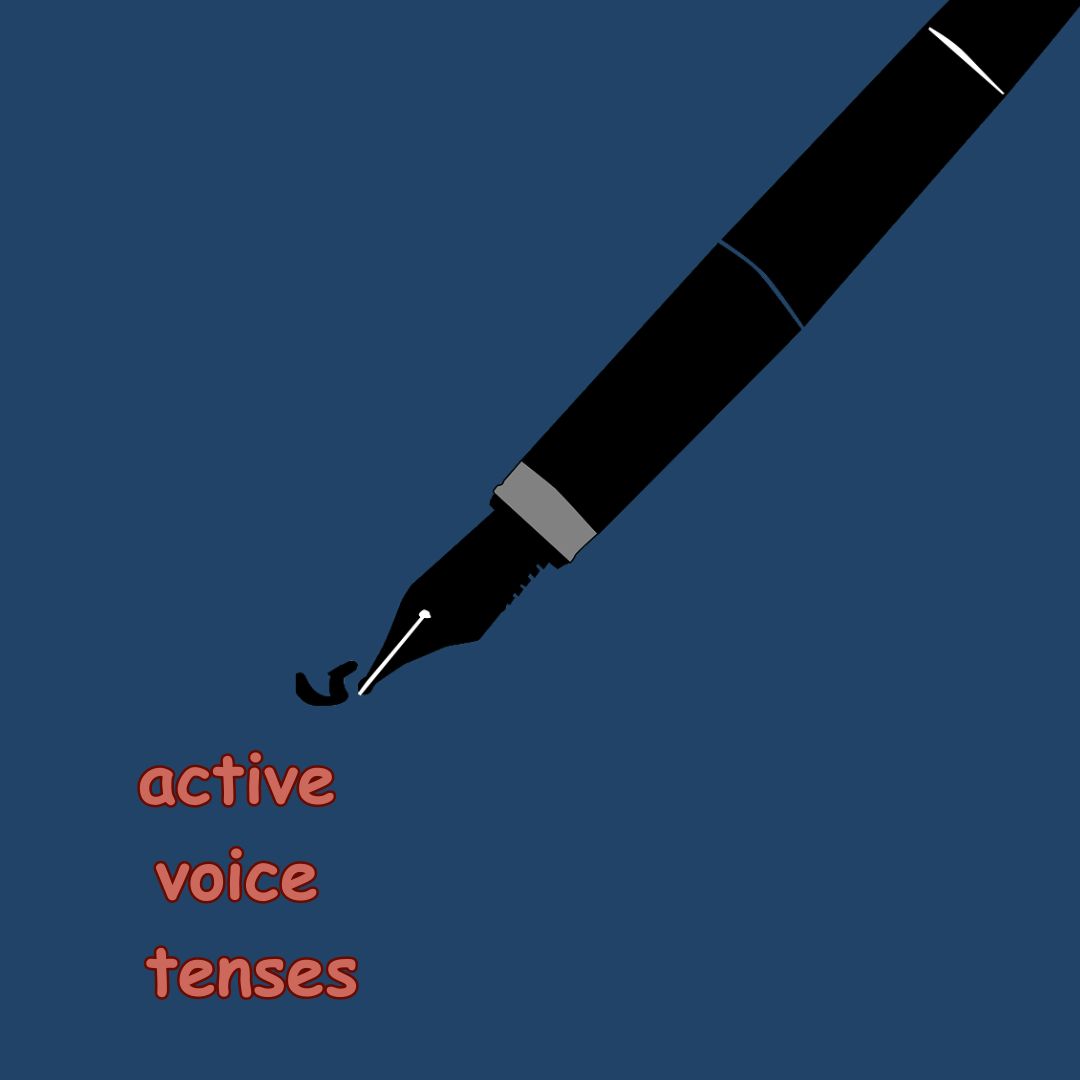Tag: active

The Infinitive-Non-Finite form of the Verb
The infinitive is a verb form that typically uses the word to before the base form of the verb. For example: to run, to walk, to eat, etc. The infinitive form is often used as a noun, an adjective, or an adverb in a sentence.

The Indicative Mood-the Passive Voice
In the passive voice, the subject of the sentence receives the action of the verb, rather than performing the action itself. The passive voice is formed using a form of the verb to be followed by the past participle of the main verb.

The Indicative Mood – the Active Voice- Finite forms of the Verb
The Indicative mood, the Active voice tense groups include: indefinite , continuous, perfect, perfect continuous, future tense forms in the past,

What is the Voice of a Verb?
There are two types of voices: active voice and passive voice.In active voice, the subject of the sentence is the doer of the action. This is the most common and direct way of expressing a sentence.In passive voice, the subject of the sentence is the receiver of the action, and the doer of the action is either not mentioned or is introduced using the preposition by.

Finite and non- finite forms of the Verbs
In grammar, a finite verb is a verb form that shows tense, person, number, and mood. A finite verb is used to indicate that the action or state of the verb is limited to a specific time or subject.